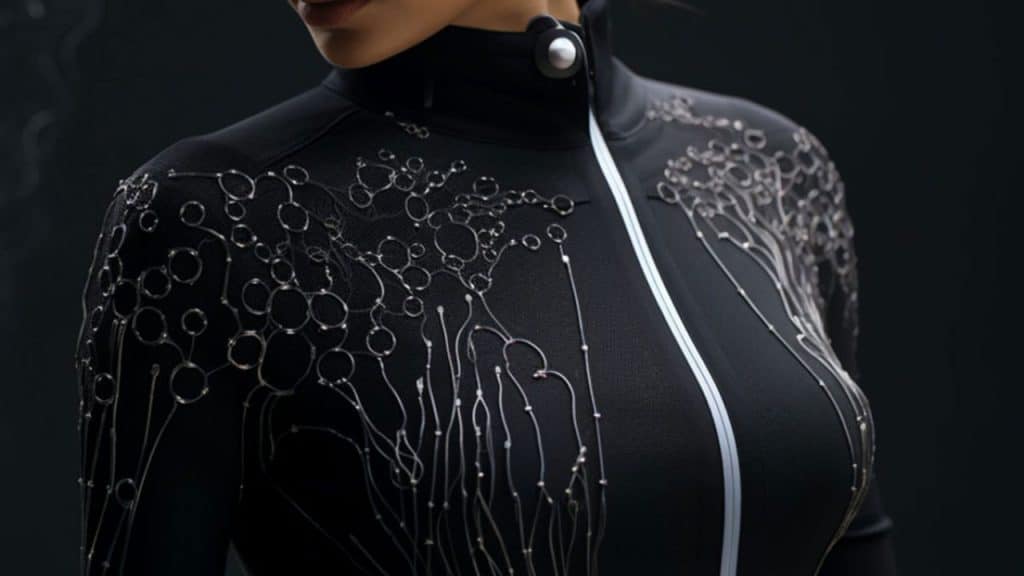Combining textiles with technology is proving a fascinatingly innovative way to modernize a wide range of industries, not just through the broad scope of the possible applications, but also with its impressive potential when it comes to sustainability. I could talk about smart textiles all day, but I’ll try to focus on just a few areas (https://longevity.technology/lifestyle/what-is-the-role-of-smart-textile-technology-in-modern-innovation/).
Obviously, one of our main areas of interest is healthcare, and smart textiles are yet another way that we can track our vital signs. There are bandages that monitor how we heal and release medication when appropriate, and physiotherapy wear that has the ability to apply pressure to aid rehabilitation.
The fashion industry combines with practicality when smart textiles regulate our temperature, light up our appearance with LEDs or add Wi-Fi and chargers to our hats and bags. Temperature regulation is useful if you work in sports performance, as is the ability to continuously monitor various aspects of your biology. Smart textiles can even offer hydration alerts when your fluids are running low.
Other industries benefiting from smart textiles include those designing and building homes, where curtains and upholstery can be involved in lighting, temperature regulation and keeping themselves clean, plus potentially warning of structural damage. There’s also the defense industry, which is always looking to innovate. Here, smart textiles don’t just monitor soldiers’ health; they also offer camouflage and protection.
As for the sustainability aspects, smart fabrics may absorb energy from sources like the sun or your own movements and convert them into the electricity that powers devices like your smartphone. Temperature regulation through things like moisture management or insulation means more energy efficiency, requiring less power to keep you warm, cool or dry.
It’s worth mentioning that many smart textiles are made from biodegradable materials and designed to enhance durability. Some even have the ability to repair themselves. Some may use old clothing that’s been recycled, and then may be recycled again when they come to the end of their natural lifespan. This all helps reduce waste and hopefully means less damage to our planet.
Smart textiles are an area of constant innovation, taking modern sustainability concerns and adapting them to serve a wide variety of different industries where they can monitor, regulate, protect and heal, sometimes while making a style statement at the same time.




